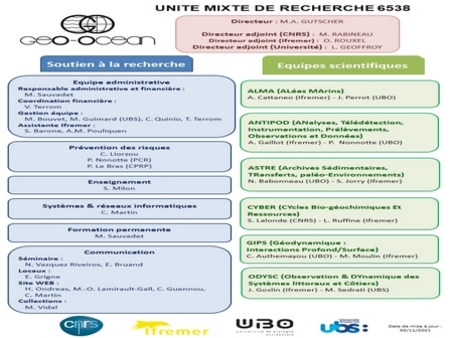HERMINE2 - Step by step
Step 1: Identifying new active hydrothermal sites
The first step of HERMINE2 will be to identify new active seafloor sites, and accordingly, sample mineralization, fluids and associated fauna.
The Nautile dives will be dedicated to searching for inactive sites based on data collected by the AUV (e.g. acoustic, magnetism, gravimetry) from active sites and using the knowledge we already have on the geological factors controlling the location of sulphide deposits.
The objective is to identify the nature and quantities of sulphide mineralization in order:
- to identify, or not, the presence of zones of potential economic interest,
- to evaluate the perimeter of a potential area of exploitation, an essential parameter for sizing future impact studies.
This work must also fundamentally make it possible to better understand the spatial and temporal distribution of hydrothermal systems on the scale of a field or district (20-100 km2) and on the scale of several segments of ridge (10000 km2).
The environmental component of HERMINE2 (e.g. fauna sampling, physico-chemical characterisation of the environment) will provide important biodiversity data from new sites to assess the impacts of large geological structures (e.g. Kane’s Transformative Fault) on species connectivity across the exploration contract area.
Step 2: The study of sulphide mineralization in the TAG district
The second phase of the cruise will focus on the TAG district and includes the acquisition of geophysical data on active and inactive sulphide deposits and the detailed study of low-temperature iron-manganese-silica hydrothermal deposits.
The aim is to establish the link between the low-temperature systems and high-temperature sulphide deposits in a tectonic context dominated by a detachment fault. Similarly, the study of low-temperature precipitates will make it possible to improve our knowledge of these relatively unknown systems, which, however, seem to play a major role in metal cycles.
The strategy defined for this cruise is complementary and coordinated with the field approach conducted by the biologists and microbiologists involved in BICOSE and BICOSE 2 expeditions.
The HERMINE2 cruise will consequently meet the requirement of supporting Ifremer’s public authorities on the knowledge of the resource while conducting fundamental studies on hydrothermal processes.







